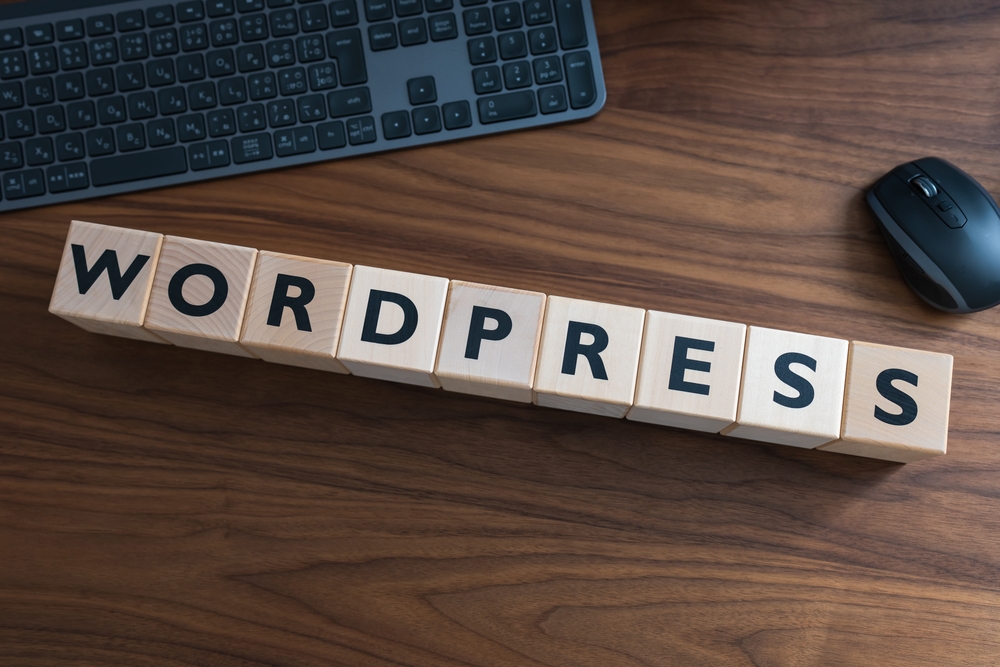
WordPress is one of the most popular content management systems worldwide, and it has become the go-to platform for building and maintaining websites. Whether you're a beginner or have some experience with WordPress, there are always ways to improve and optimize your website. In this article, we will explore essential tips for customizing and maintaining your WordPress (WP) website, helping you master this powerful platform.
1. Choose the Right ThemeYour website's design plays a crucial role in attracting and retaining visitors. WordPress (the blogging platform) offers a wide range of themes, both free and premium. When selecting a theme, consider your website's purpose and target audience. Look for responsive themes that adapt to different devices, ensuring a seamless user experience. Additionally, pay attention to the theme's loading speed and its compatibility with popular plugins. Investing some time in finding the right theme can make a significant impact on your website's appearance and functionality.
2. Customize Your Theme
Once you've chosen a theme, it's time to customize it to align with your brand identity and preferences. WordPress allows you to modify various aspects of your theme without any coding knowledge. Start by customizing your site's colors, fonts, and logo through the WordPress (the platform for bloggers) Customizer. Tailoring these elements to match your company's branding creates a cohesive and professional look. Additionally, consider creating a custom menu that intuitively guides visitors through your site's pages. By personalizing your theme, you can make your website uniquely yours while maintaining a consistent visual identity.
3. Utilize Plugins Wisely
WordPress offers a vast array of plugins that extend the functionality of your website. However, it's important to use plugins wisely to avoid cluttering your website or compromising its performance. Before installing a plugin, carefully evaluate its reviews, ratings, and compatibility with your WordPress version. Consider the specific features you need and choose plugins that are actively maintained and regularly updated. Too many plugins can slow down your website's loading speed, so be selective and uninstall any unnecessary plugins.
4. Optimize Website Performance
Improve user experience and boost your WordPress website's loading speed by optimizing its performance. Begin by choosing a reliable hosting provider with servers closest to your target audience's location. Optimize and compress your images to reduce their file sizes without sacrificing quality, using plugins like Smush or EWWW Image Optimizer. Implement caching plugins such as W3 Total Cache or WP Rocket to minimize server load and decrease page load times. Regularly update both WordPress (or WP) itself and its plugins to ensure you're benefiting from the latest optimizations and security enhancements.
5. Regularly Back Up Your Website
One of the most crucial aspects of maintaining your WordPress website is regularly backing up your data. Unexpected issues, such as hacking attempts or erroneous updates, can potentially wipe out your entire website. By regularly backing up your site, you can quickly restore it to its previous state, minimizing any potential damage. Utilize a backup plugin, such as UpdraftPlus or BackupBuddy, to automate the process and ensure you have the most recent version of your website saved securely.
6. Maintain Good Security Practices
Website security is of utmost importance, especially on WordPress due to its widespread use. Protect your WordPress website from potential threats by implementing a few simple security practices. First, keep your WordPress version and plugins up to date to benefit from the latest security patches. Install a security plugin, such as Wordfence or Sucuri, to monitor your website for any suspicious activities and prevent unauthorized access. Regularly change your passwords, use strong passwords, and consider implementing two-factor authentication for additional security. By staying vigilant and proactive, you can significantly reduce the risk of your website falling victim to cyber attacks.
7. Frequently Asked Questions
Q1. How do I install a new WordPress theme?A1. To install a new WordPress theme, navigate to the Appearance section in your WordPress dashboard and click on "Themes." From there, click on the "Add New" button and search for the desired theme. Once you've found it, click on "Install" and then "Activate" to set it as your active theme.
Q2. Can I customize my WordPress theme without coding knowledge?
A2. Yes, WordPress allows you to customize your theme without coding knowledge through the WordPress Customizer. You can change your site's colors, fonts, logo, and other visual elements to personalize your theme.
Q3. How many plugins should I install on my WordPress website?
A3. It's recommended to install only necessary plugins to avoid cluttering your website and potentially impacting its performance. While there is no specific limit, aim to keep the number of plugins to a minimum and choose well-maintained ones.
Q4. How frequently should I back up my WordPress website?
A4. It's recommended to back up your WordPress website at least once a week to ensure you have the most recent version saved securely. However, if you make frequent updates or publish critical content, consider backing up your site more frequently.
Q5. What are the essential steps to secure my WordPress website?
A5. To secure your WordPress website, regularly update your WordPress version and plugins, install security plugins for monitoring and prevention, use strong passwords, and consider implementing two-factor authentication.
In conclusion, mastering WordPress requires a combination of customization and regular maintenance. By choosing the right theme, customizing it to align with your brand, utilizing plugins wisely, optimizing performance, backing up regular, and maintaining good security practices, you can take full advantage of WordPress's capabilities and create a successful and secure website.
Other useful resources
- https://www.wordpress24plus.com/services/
- https://www.wordpress24plus.com/wordpress-tools-directory/wordpress-plugins/
- https://www.wordpress24plus.com/services/wordpress-development/
